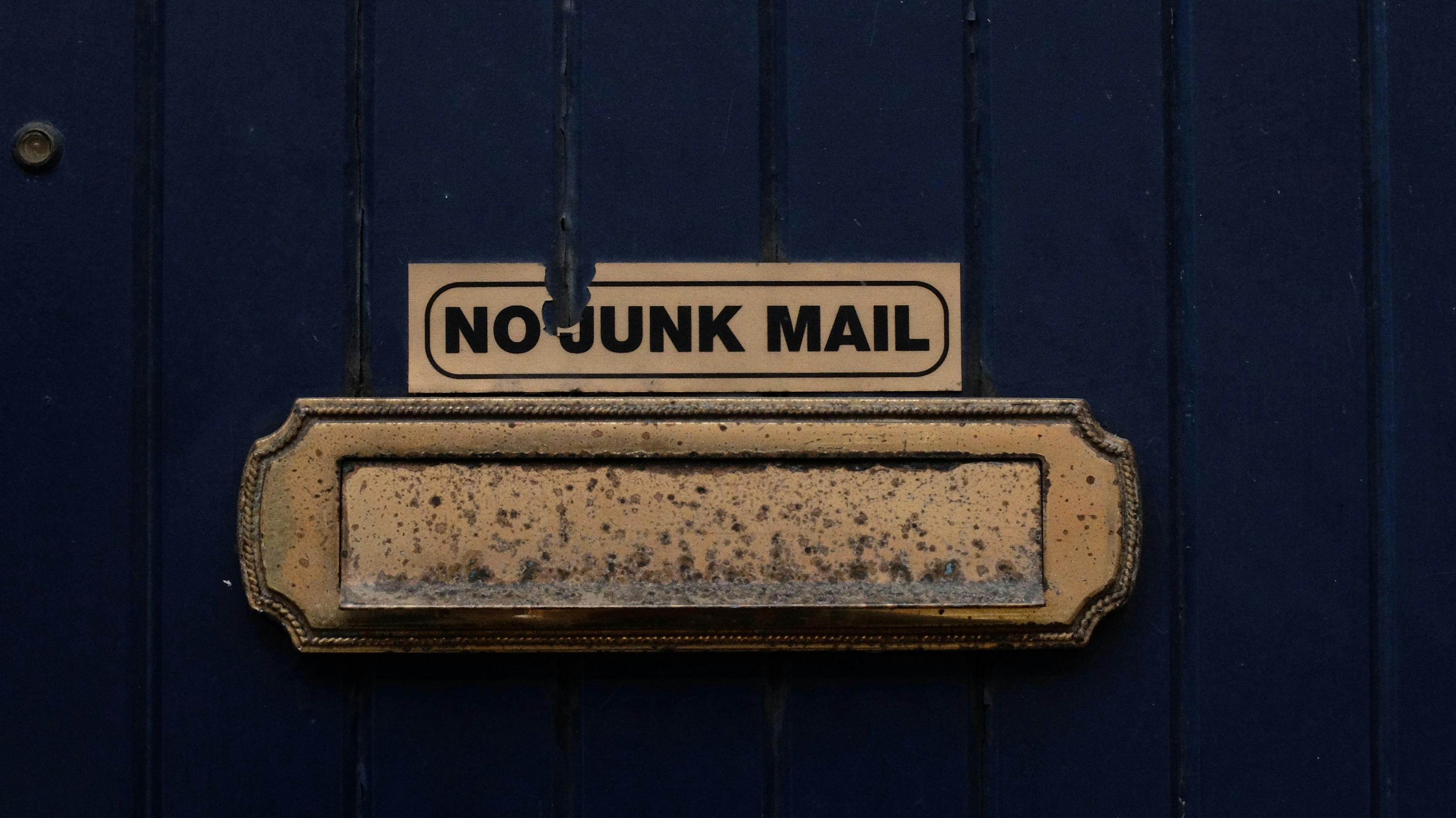The concept or zero inbox we might have heard from book Getting Things Done by David Allen which is starting point in productivity books for those who want to improve their way of handling tasks.
The philosophy
The main idea is not only deleting every single mail in our inbox. The idea is to having “inbox” concept as bucket with items, that has to be dealt with, processed and acted on. One of the most popular task managers have it - Todoist. let’s think of an inbox concept as information buffer, that fills up somewhere on the background. When buffer is overfilled - it’s time to process it.
Not only emails
Well - emails are boring. They’ve been around for decades an none is excited about emails (probably) but we still use the to communicate. Let’s talk about inbox concept in more general way. So, before cleaning inbox - we need to fill that up, right? Inbox can be at Your desk with documents that arrive and wait till You act on them. It might be used for other people to put documents in it, instead of trying to hunt You for every single document that needs You attention. As soon as it’s done - it’s removed form inbox. The main goal is not to act on everything that comes our way immediately, but rather put in a specific bucket, make a plan for it, act now or the most pleasant perhaps - just delete and forget.
Why?
In email (yea, emails again) system - it’s easy to forget about things if they lay always in our inbox. If we’ve opened an email - we could get distracted and forget to come back to it. Archiving an item as soon as it’s dealt with - we could rest assured that it will be taken care of. If it’s an actionable item - converting email into task item in our task manager could be a good option. In this case - for instance we could set up inbox in Todoist to have it’s own email address. Then, we could forward emails, that need further action and not just answering to that email and voilà - our everyday routine have one more action that is automated.
System that You can trust
It has happened to many of us - we wrote it down, but forgot where exactly. This whole approach would only work in we could trust the storage of inbox bucket whether it’s task, notes, or anything else. If we put tasks, for instance somewhere and don’t have routine for reviewing them - this list could simply become a graveyard for our ideas and tasks. I wrote about it slightly more here ToDo Apps - Graveyard for Tasks. The approach might work - if it’s backed by general understanding and desire to keep system alive.
